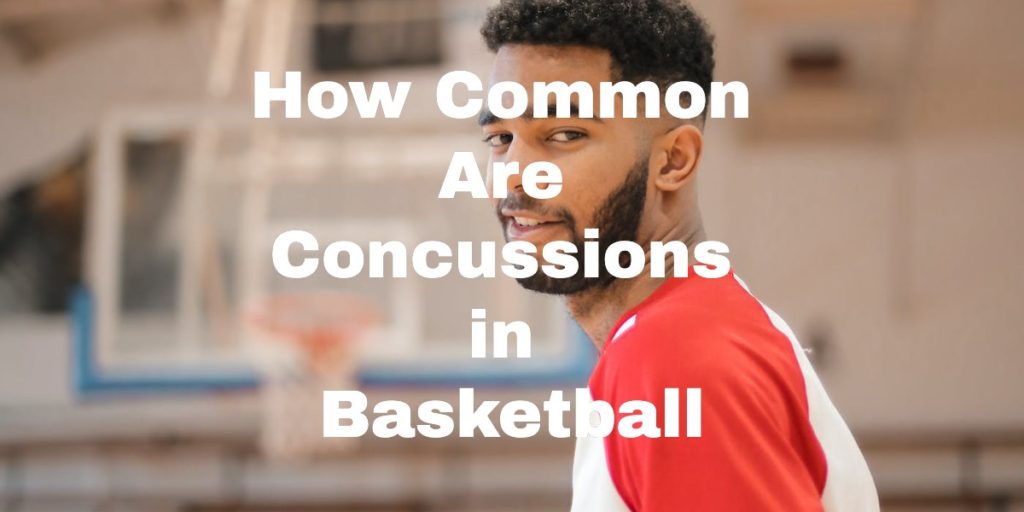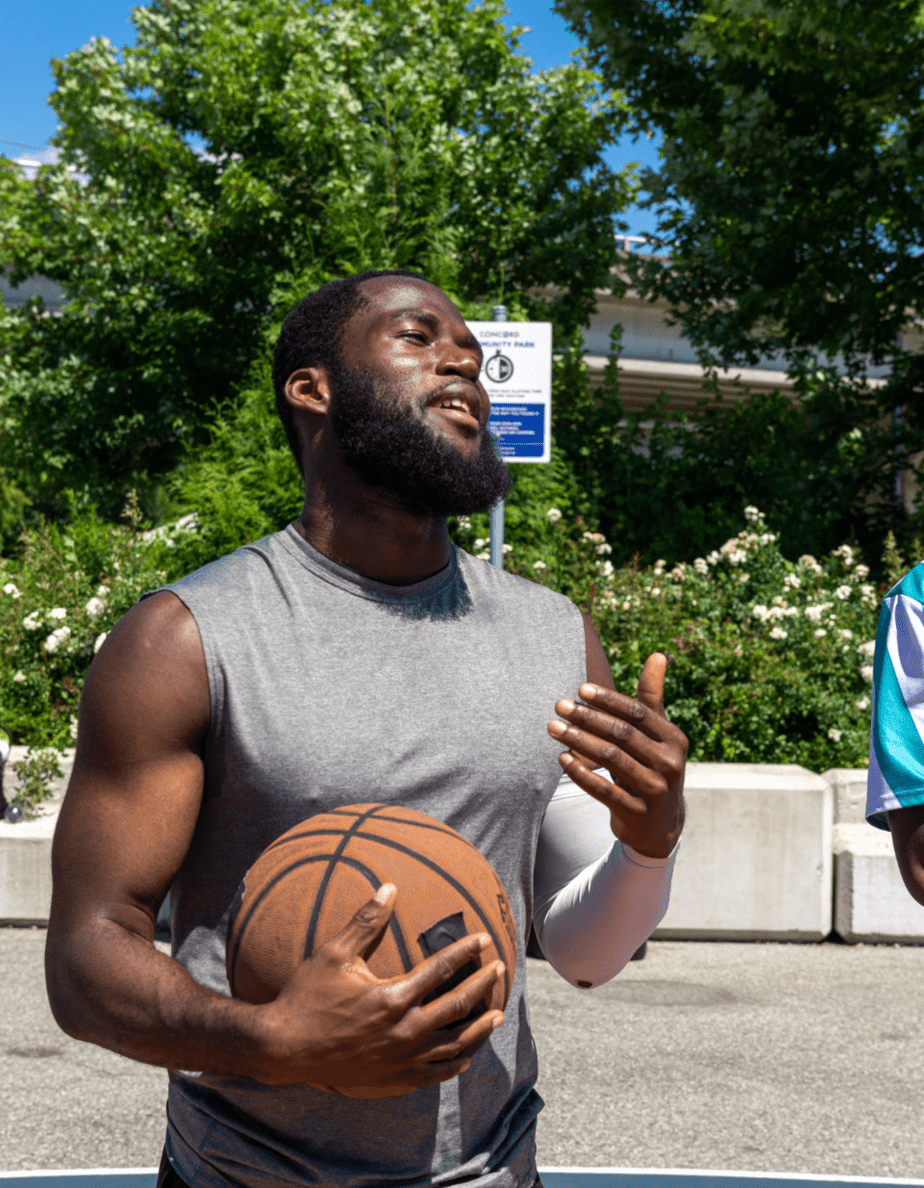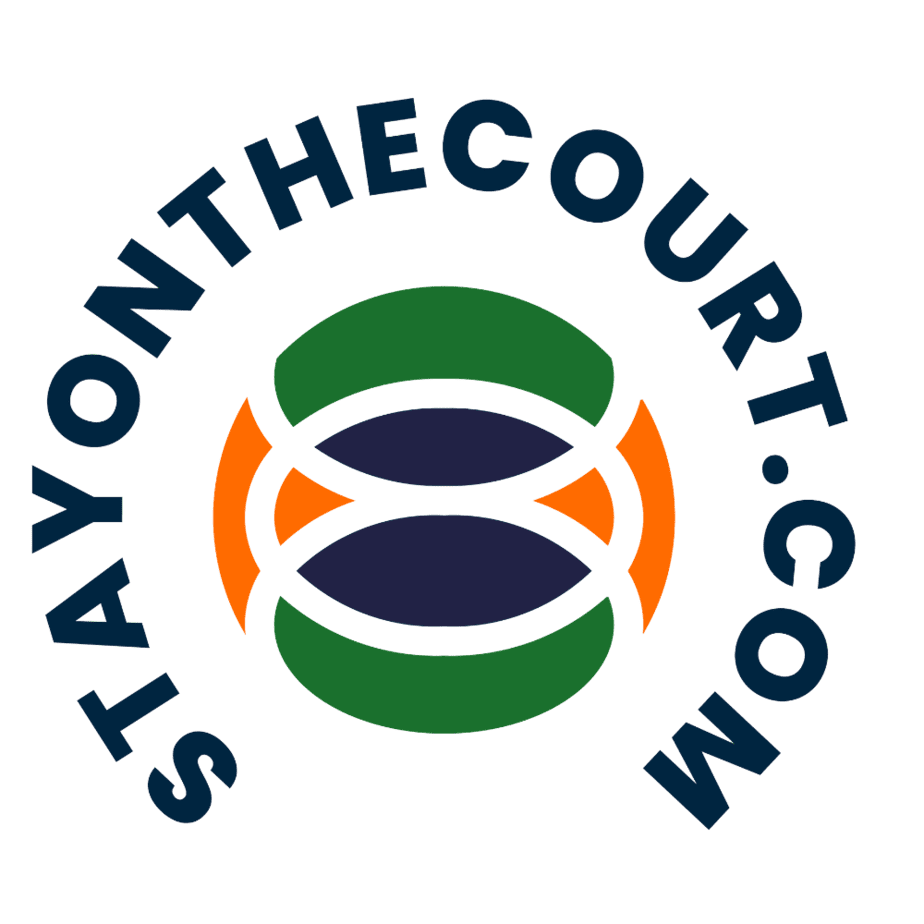How Common Are Concussions in Basketball Compared To Other Sports
As a basketball player or fan, you may have heard of the term “concussion,” a word that could send shivers down your spine. It’s not just an injury; it’s a severe one that could have long-term consequences. But how common are concussions in basketball, and what are the factors that increase the risk? In this blog post, we’ll explore everything you need to know about concussions in basketball.
I started down this rabbit hole because we are choosing to keep our 10-year-old son out of tackle football and soccer (once they allow headers and general use of the head). But, we are allowing him to play basketball. I wondered if our decision was supported by the statistical data and started digging. You will learn the following 3 things in this article:
- The concussion rate in basketball and several other popular sports.
- Factors that increase the likelihood of a concussion in basketball.
- Our final decision on playing basketball after reviewing all the statistics and information.
Concussion Statistics in Basketball
The rate of concussions in basketball is 0.245 per 1000 athlete exposures, according to a study published in the Journal of Athletic Training. While basketball has a lower concussion rate than football and soccer, it has a higher rate than sports like volleyball and softball.
The study analyzed data from the National Collegiate Athletic Association (NCAA) Injury Surveillance Program, a program that tracks injuries in college athletes across different sports. I combined the women’s and the men’s rates to get the combined rate in the statistic above.
| Sport | Rate Per 1000 Exposures that are Concussions |
|---|---|
| Football | 0.54 |
| Men’s Soccer | 0.355 |
| Men’s Basketball | 0.17 |
| Women’s Basketball | 0.32 |
| Women’s Volleyball | 0.115 |
| Men’s Baseball | 0.07 |
| Women’s Softball | 0.08 |
I found the study fascinating and would encourage you to read through it. A couple of notable items I pulled out are the following:
- The concussion rate was higher at the collegiate level vs. high school.
- This may not be surprising to some, the rate of concussion is higher during games than in practice.
- The measurement they used called “athlete exposure” is defined as 1 athlete’s participation in a practice or competition.

Definition of Concussion
Now that we’ve looked at some of the statistical data. Let’s define what a concussion is. A concussion is a traumatic brain injury (TBI) that occurs when a blow or jolt to the head or body causes the brain to move rapidly back and forth inside the skull. This movement could create chemical changes in the brain and damage brain cells.
Symptoms of a concussion could range from mild to severe, depending on the extent of the injury. Common symptoms include headaches, dizziness, confusion, memory loss, and sensitivity to light and sound.
Causes of a concussion could happen due to various reasons. In basketball, the most common causes include collisions with other players, falls, or getting hit by the ball.
Factors That Increase the Risk of Concussion in Basketball
Knowing the statistics is one thing, but understanding the factors that increase the risk of concussion is another. Here are some factors that could increase the likelihood of getting a concussion in basketball:
- Playing style – Some playing styles are more aggressive and could lead to more collisions and falls, increasing the risk of getting a concussion.
- Gender – According to the same study mentioned earlier, female basketball players have a higher rate of concussion than male players. This could be due to differences in neck strength and playing style.
- Age – Younger players are more susceptible to concussions because their brains are still developing.
- Previous concussions – Having a history of concussions could increase the risk of getting another one.
- Equipment – Wearing inadequate or poorly fitting equipment, such as mouthguards, could increase the risk of getting a concussion.
Preventing these factors could reduce the likelihood of getting a concussion. For instance, players could modify their playing style, wear appropriate equipment, and be aware of their surroundings to avoid collisions and falls.
Treatment and Recovery from a Concussion
If players suspect they have a concussion, they should seek medical attention immediately. Treatment for a concussion varies depending on the severity of the injury. In most cases, doctors would recommend rest and avoiding physical activity until the symptoms subside.
It’s crucial to recognize and manage the symptoms of a concussion. Players should avoid activities that could worsen the symptoms, such as watching TV or playing video games. They should also avoid taking pain relievers unless prescribed by a doctor.
The Importance of Proper Concussion Management
As mentioned earlier, concussions are severe injuries that require proper management. If left untreated, they could have long-term consequences, such as chronic headaches, memory loss, and mood changes.
Proper concussion management involves several steps.
- A player should seek medical attention immediately if they suspect they have a concussion. The doctor would assess the severity of the injury and recommend the appropriate treatment.
- Players should follow the doctor’s recommendations and avoid activities that could worsen the symptoms. This includes avoiding physical activity, cognitive activities, and taking pain relievers without a doctor’s prescription.
- Players should only return to play when they are symptom-free and have completed a gradual return-to-play protocol. This protocol involves a step-by-step process of gradually increasing physical activity to ensure the player doesn’t experience any symptoms.
By following proper concussion management procedures, players could minimize the risk of long-term consequences and return to play safely.
Dr. Brian Sutterer, MD Video Commentary on Adam Flagler Concussion Assessment
In this video Dr. Brian Sutterer, MD is critical of how Baylor handled Adam Flagler’s potential concussion during their defeat of North Carolina during the NCAA tournament. Adam Flagler fell and hit his head on the court, displayed symptoms, and was put back in the game one play later. Sutterer also comments on how it could have been better handled.
The Future of Concussion Prevention in Basketball
As research on concussions continues to evolve, the future of concussion prevention in basketball looks promising. There are ongoing efforts to develop new technologies and equipment to reduce the risk of concussions.
For example, there are new helmet designs and sensors that could detect the impact of a collision and alert medical staff if a player is at risk of a concussion. Additionally, there are ongoing studies on neck-strengthening exercises and other techniques to reduce the risk of concussions. This article has a good analysis of concussions in the NBA from 1999 to 2018. Here is the summary:
Concussion incidence in NBA players has been approximately 17 instances per season since the 2011 institution of a league-wide concussion policy. The number of reported concussions significantly increased following the policy, in line with trends seen in other professional sports leagues. Players have retained a high rate of RTP after 3 to 4 missed games. Player performance and availability are not affected by sustaining a concussion following successful RTP.
Concussions in the National Basketball Association: Analysis of Incidence, Return to Play, and Performance From 1999 to 2018
Conclusion And Our Decision To Play Basketball
Concussions are a reality in basketball like many other sports. Proper management and prevention could reduce the risk of long-term consequences. It’s crucial for players, coaches, and medical staff to recognize the symptoms of a concussion and follow proper management protocols to ensure a safe return to play.
Ultimately, our decision to allow our son to play basketball will stay intact based on the statistics I found when researching this article. Football appears to be 3 times as likely to cause concussions and soccer is over twice as likely. By understanding the statistics and factors that increase the risk of concussions, basketball players could modify their playing style and wear appropriate equipment to reduce the likelihood of getting a concussion.
As research on concussion prevention continues to evolve, the future of basketball looks promising. With new technologies and equipment, players could stay safe and continue to enjoy the sport they love. Hopefully, when asking the question “How Common Are Concussions in Basketball” ten years from now, we will be able to report further reductions in concussion rates.
Frequently Asked Questions
How do I know if I have a concussion?
If you suspect that you have a concussion, it’s important to seek medical attention immediately. Common symptoms include headaches, dizziness, confusion, memory loss, and sensitivity to light and sound.
Can I play through a concussion?
No, you should never play through a concussion. Continuing to play could worsen the injury and lead to long-term consequences. Always seek medical attention and follow the appropriate treatment and recovery protocols.
Can concussions be prevented in basketball?
While it’s impossible to completely prevent concussions in basketball, there are several steps that players can take to minimize the risk. This includes modifying their playing style, wearing appropriate equipment, and being aware of their surroundings to avoid collisions and falls.
What is the protocol for returning to play after a concussion?
Players should only return to play when they are symptom-free and have completed a gradual return-to-play protocol. This involves a step-by-step process of gradually increasing physical activity to ensure that the player doesn’t experience any symptoms.
Are concussions more common in certain positions in basketball?
While there isn’t a significant difference in concussion rates between positions in basketball, some playing styles could lead to more collisions and falls, increasing the risk of concussion. It’s important for all players to be aware of their surroundings and take steps to reduce the likelihood of injury.
Troy Wallace
Troy Wallace is Certified Basketball Speed Specialist and shares his experiences in trying to stay as healthy as possible to stay on the court. He is active in coaching youth basketball in YMCA, Team Work Sports Nebraska, and, currently, in the Jr. Warriors program in Omaha, NE. Visit Troy's Full Author Bio Page or email him directly.
Meaningful conversations happening daily about training, recovery, and injury-specific rehabilitation as well as sport-specific discussions on playing, coaching and refereeing your favorite sport. We welcome experts and those with curious minds seeking answers.
Join The Stay On The Court Community!